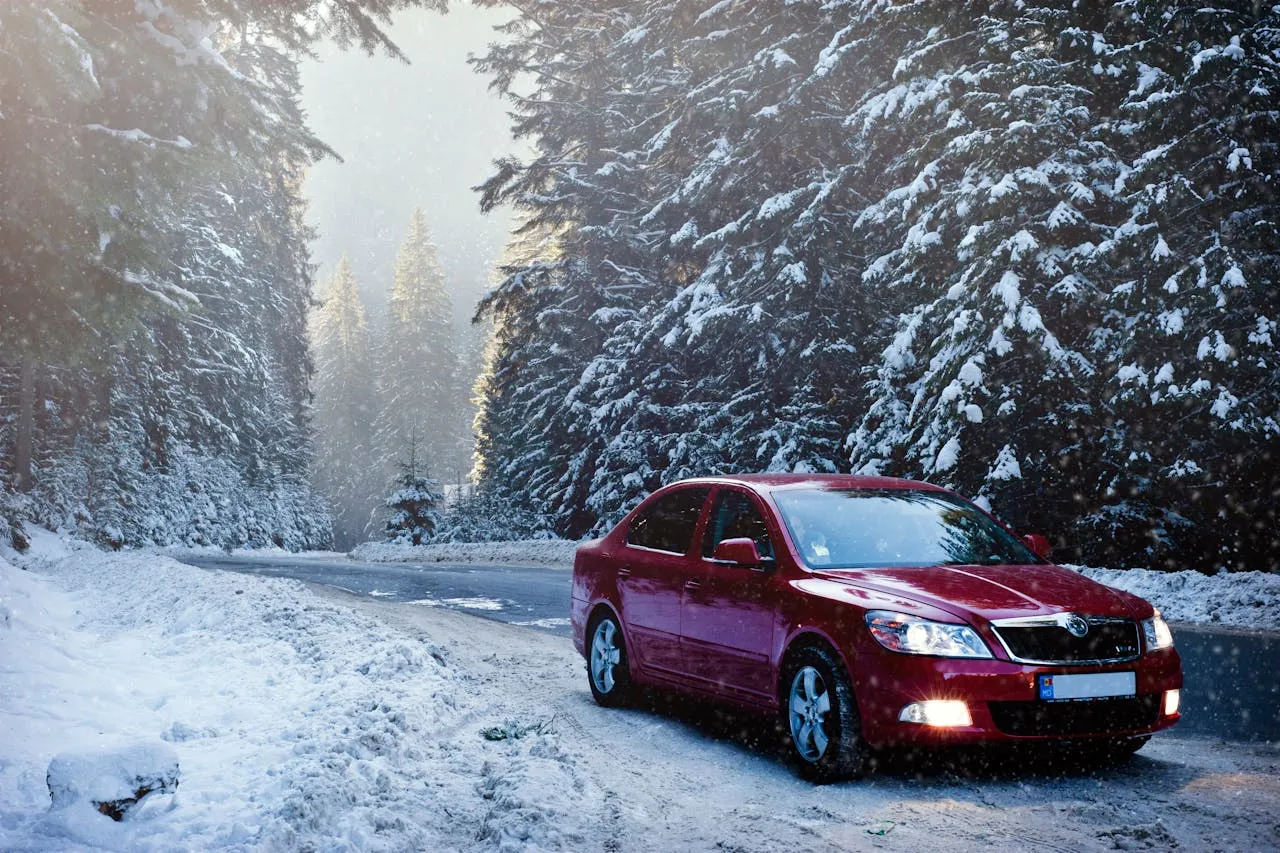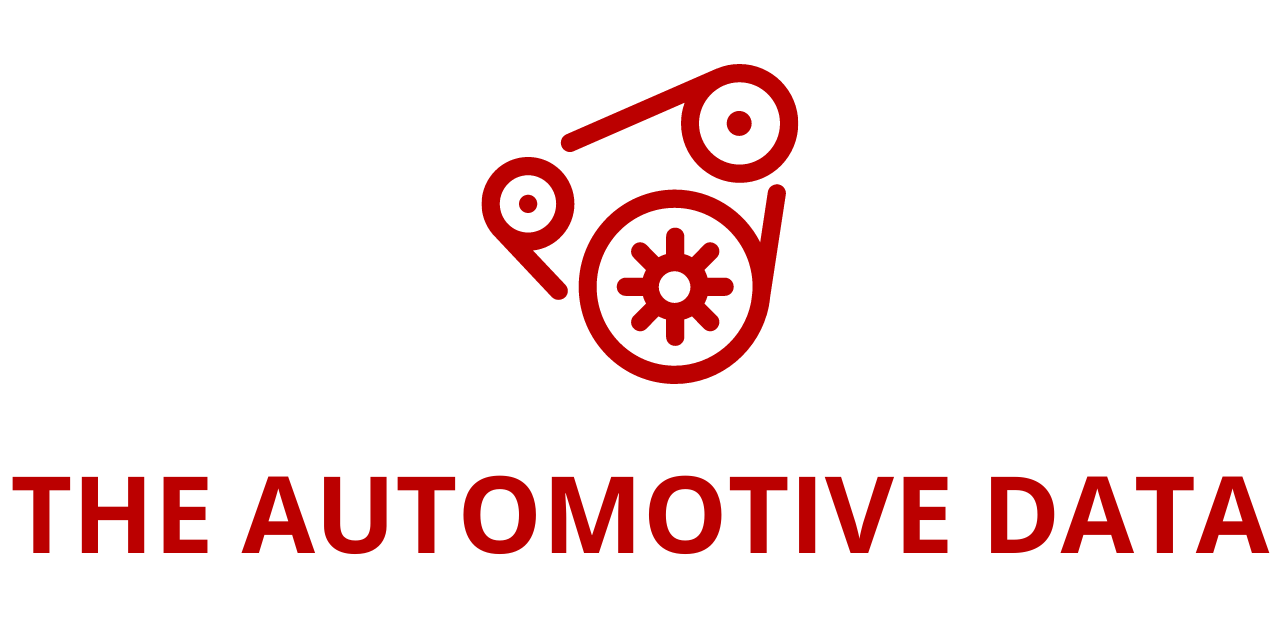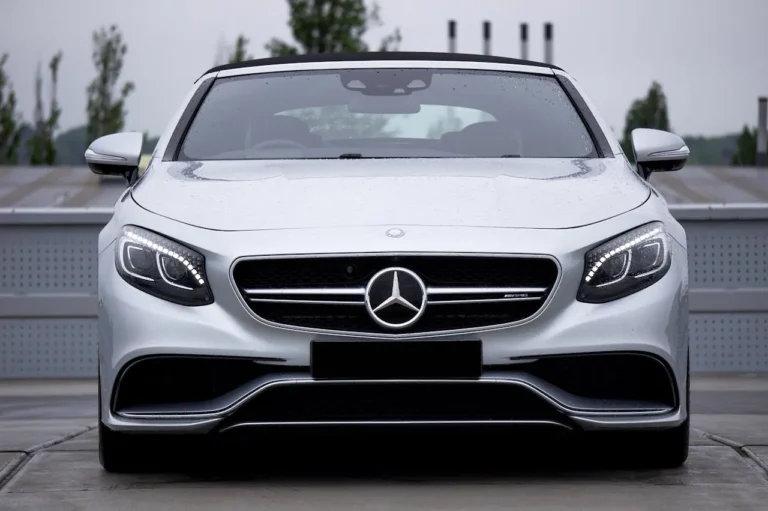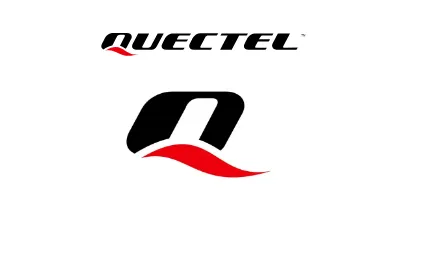
Auto Shows Drive Car-Buying Decisions, New Data Confirms
In an era dominated by digital advertising, online reviews, and virtual shopping experiences, new research underscores the enduring power of in-person engagement when it comes to one of the most significant consumer decisions: buying a car. The Automotive Experience Alliance (AEA), a coalition representing auto shows across the U.S., has released new survey findings that highlight just how influential these events remain in guiding consumer behavior.
The results stem from a nationwide survey conducted during the 2024–2025season. Commissioned by the AEA and conducted by P+ Insights, the study polled nearly 20,000 attendees across 27 AEA-affiliated shows. The findings offer compelling evidence that shows continue to serve as critical touchpoints in the car buying process—particularly among in-market shoppers ready to make a purchase.
Auto Shows Move the Needle on Purchase Decisions
The headline number is hard to ignore: 78% of attendees said attending an auto show influenced their purchase decision. Among those who planned to buy a vehicle within the next three months, that influence was even more pronounced—80% reported the show as a key factor in shaping their buying choice.
These statistics confirm what many industry professionals have long suspected: despite the growth of online car-buying tools and digital marketing, consumers still crave in-person experiences when making high-stakes purchases like a vehicle.
“Auto shows are one of the most powerful tools in the car-buying journey, giving consumers the hands-on experience they need to make confident, informed decisions—something digital marketing alone simply can’t deliver,” said Kevin Mazzucola, Chairman of the Automotive Experience Alliance. “With 80% of near-term buyers saying the show influenced their purchase, the data makes it clear that auto shows don’t just showcase vehicles, they drive real consumer action.”
More Than Just a Glimpse—A Gateway to Decision-Making
The survey also found that 25% of all respondents said auto shows had more influence on their vehicle decision than any other form of marketing or media, including digital channels, TV ads, and dealership visits. This insight reaffirms that the sensory-rich, tactile nature of shows offers something unique that can’t be replicated on a screen.
Moreover, 50% of attendees reported altering their consideration list after attending a show, either by adding new brands or removing previously considered ones. This level of impact is a clear indicator tha shows not only reinforce existing preferences but also introduce new ones. In fact, 36% of attendees said they added new brands to their consideration list, while 14% removed brands that weren’t present—emphasizing the high stakes of brand participation.
Even more telling: 90% of respondents said they were disappointed not to see certain brands represented, suggesting that an automaker’s absence could translate directly to lost sales opportunities. With a significant portion of attendees actively shopping, missing a show presence is no longer just a branding issue—it’s a missed connection with ready-to-buy customers.
The Power of Hands-On Exploration
Attendees don’t just pass through these events—they stay and engage. On average, consumers spend nearly three hours at a show, during which time they interact with over 10 vehicles from 9 different brands. This extended dwell time reflects not only interest but also intent. For car buyers, the ability to compare models side-by-side, ask questions, and sit inside vehicles provides a level of clarity that static online images or specs alone can’t match.
The tactile experience is further enhanced by ride-and-drive events. These test drive opportunities are among the most impactful elements of the show experience: 30% of all attendees said they were more likely to purchase a vehicle they test drove at the event, and 61% of those who participated in a ride-and-drive said it directly influenced their decision. Whether it’s a first impression or a confirmation of a previous inclination, these hands-on opportunities offer an emotional connection that accelerates the decision-making process.
Local Dealerships Benefit, Too
The impact of auto shows doesn’t end when the doors close. There is a tangible ripple effect for local dealerships in the days and weeks that follow.
According to the survey, 35% of attendees planned to visit a dealership after the show, and that number climbs to 46% among those who intend to buy within three months. This data illustrates that shows play a vital role not just in brand awareness, but in stimulating real-world showroom traffic—a metric that matters deeply to dealers.
Automakers that coordinate their show presence with local dealership outreach are seeing real ROI, with some dealers reporting noticeable spikes in both showroom visits and vehicle sales following their local show.
Reinforcing Relevance in a Changing Industry
As the automotive industry undergoes a profound transformation—with electrification, connected vehicles, and digital retailing reshaping the landscape—consumers face a more complex decision-making process than ever before. In this environment, the role of auto shows is evolving, but far from diminishing.
The AEA’s data demonstrates that auto shows remain essential in bridging the gap between curiosity and commitment. By offering a centralized, immersive, and pressure-free environment, they empower consumers to learn, explore, and decide with confidence.
AEA membership is growing in response to this renewed validation of the format’s value. As of the 2024-2025 season, 28 auto shows have joined the alliance, forming a united front to drive innovation, consistency, and relevance in the face of industry change. Member shows include major events such as:
- Chicago Auto Show
- Philadelphia Auto Show
- Seattle International Auto Show
- San Diego International Auto Show
- Washington D.C. Auto Show
- Houston Auto Show
- Twin Cities Auto Show
- …and more across regions from Arizona to North Carolina
This wide geographic representation allows the AEA to draw from diverse consumer populations and regional preferences, ensuring that insights reflect the broader U.S. car-buying public.
Experience Still Matters
In an increasingly digital world, the AEA’s new research offers a timely reminder: experience still matters. For both car buyers and automakers, auto shows continue to be a vital platform for exploration, education, and conversion.
By delivering hands-on access to vehicles, real-time engagement with experts, and opportunities for side-by-side comparisons, auto shows are not just surviving—they’re thriving. With nearly four out of five attendees saying the experience influenced their buying decision, the auto show floor remains one of the most powerful tools in the modern car shopper’s journey.








